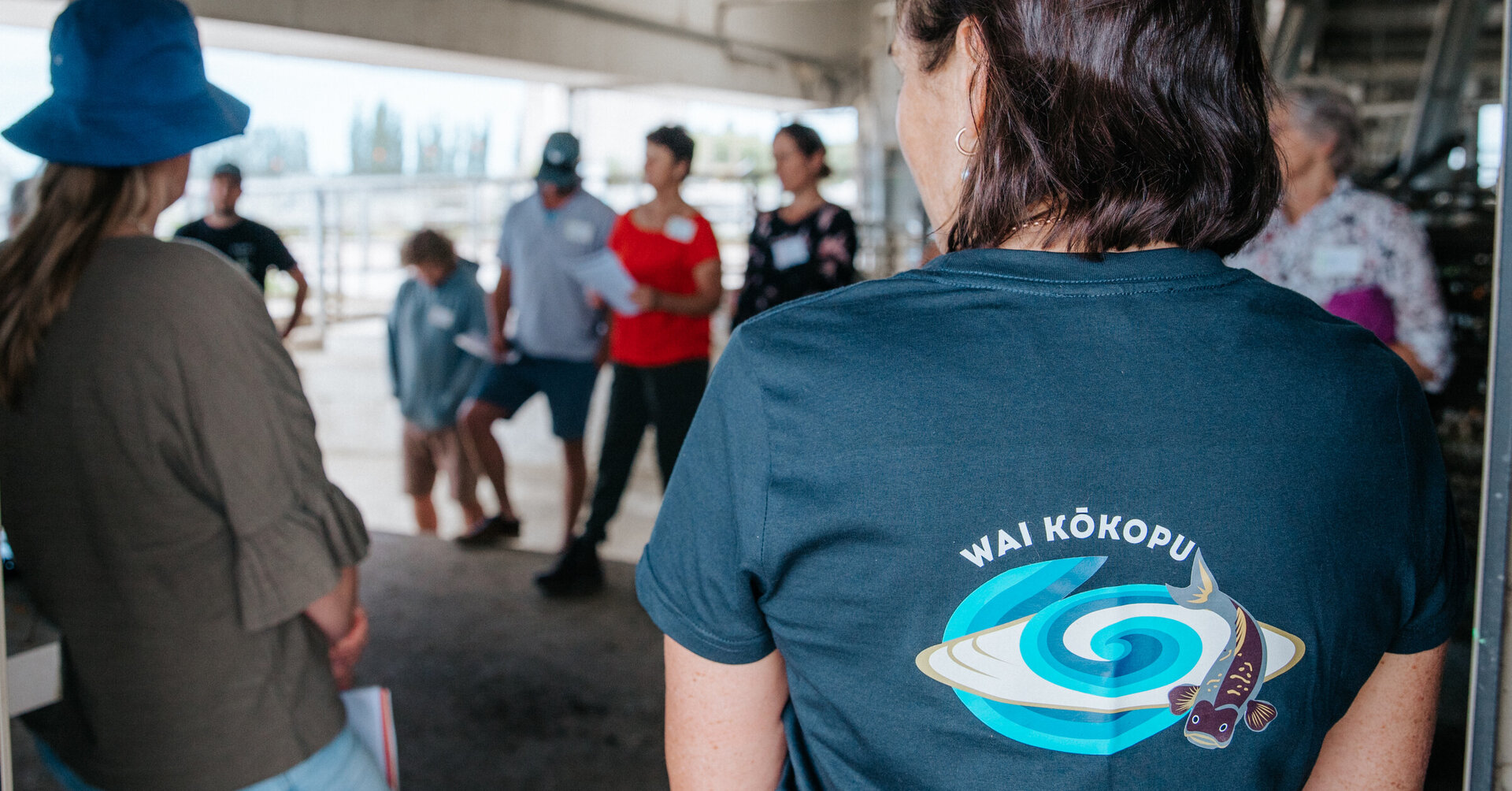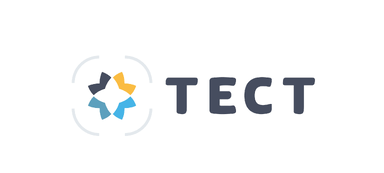The Year in Review – are we making progress – is the health of the catchment improving?
It has been a little over a year since I became involved in Wai Kōkopu and its great to reflect on our past, present and future journey. Recently I was sent a newsletter from a leading rural real estate company and the headline article was about regenerative farming. How times have really changed and with literally every business starting to think about its impact on our environment. If they aren’t thinking about it, consumers and suppliers are asking questions around product stewardship and what they are doing.
Insurance companies are now factoring in climate change from a risk perspective and no doubt taking an actuarial approach to commercial insurance cover and risk. Businesses located in risky environments or not adapting to changing requirements around climate change will likely see higher premiums. With extreme climate events becoming more prevalent, costs are rising and businesses are having to think more carefully around mitigation measures and how they can continue to trade profitably. All of this makes for challenging times and reading this probably makes things seem tougher than they are.
This is where Wai Kōkopu comes in. We are not the heavy hand of compliance, but an opportunity for farms in the catchment to improve their environmental footprint while ensuring that in the long term farms remains viable. Anyone in business for an extended period will know that along with resilience and understanding your environment, adaptation and innovation are important components for staying in business.
This stuff is not easy, but there are a group of people including lighthouse farmers, supporters and sponsors, our project team, board members, iwi, community organisations and others who are committed to assist farmers on their journey. These people have been working in a very collaborative way to achieve outcomes we can all be proud of. In particular I want to acknowledge the lighthouse farmers who have been willing to share their journey around changed farm plans and practice with other farmers in the catchment and industry groups.
Our role at Wai Kōkopu is to have a community-led programme to replenish and revitalise the health of the Waihī Estuary. We know that this will be an intergenerational journey and there will be pressures and tensions along the way and it is important to acknowledge those that have stood up and said we must make changes to restore and replenish the Waihī Estuary; Pongakawa, Kai Kōkopu, and Wharere Rivers and surrounding lands. So what are the key outcomes we are seeking?
Reducing sedimentation.
Total nitrogen down to 66% and phosphorus down to 30%.
Bringing E. coli down 50%.
We are doing this by;
Having pilot plans on a range of lighthouse farms, which bring together farmers who are leading the way with innovative farming approaches that have a low impact on the environment;
Developing a digital plan sector land environment plan;
Working alongside primary sector groups (dairy, pastoral, forestry, horticulture) to develop land environment plan templates that meet both customer specific Global GAP standards and National Environmental Standards for freshwater;
Encouraging rapid uptake by commercial land users to develop and implement land environment plans;
Detainment bunds and planting in the upper catchment area;
Estuarine rehabilitation;
Riparian corridor plans;
Riparian, wetland and ngāhere (forest) restoration and establishment;
Facilitating access to funding, knowhow and services to carry out the above work;
Connecting landowners, hau kāinga, sector groups, volunteers and communities to our projects, to our learnings and to each other;
Fostering active, connected and engaged communities through the establishment of Wai Kōkopu Community enabler roles;
Encouraging greater involvement in the programme;
Facilitating the transfer of knowledge; and
Supporting landowners to make on-site improvements.
So how are we going?
At a recent seminar in November, Wai Kōkopu team members presented on our lighthouse farms. Collectively these 15 farms had a total grazed area of 2,309 ha in 2020/21. These farms represent a range of farm types with many including mixed use. There are 10 dairy farms, (three with support bocks attached), two dairy support farms, three beef and sheep farms, two with plantation forest with six properties including horticulture enterprises with kiwifruit and avocados.
Our team has been working closely with these farmers and, collectively, over the past two to three years there has been a lot of change to farm systems including:
Wetland retirement and protection with a focus on non-productive land which is often a hazard for stock.
Better riparian management such as stock exclusion from riparian zones.
Strategic use of N and P and reducing amount applied at any one time and applications not occurring in highly saturated soils.
System change e.g., dairy to beef, spring herd to autumn herd, regenerative focus, reducing stocking rates such as dairy cow numbers.
Focussing on land class related to the most suitable land use such as retirement of steep country to native or forestry.
More effective and resource efficient irrigation and effluent systems.
More diverse swards such as oversowing with more resilient species.
These and other processes are leading to farmers having greater knowledge of their properties’ characteristics through improved monitoring, data collection and advice. Overall though, it is noted that change is achieved one step at a time and ensuring that people have the confidence, information and support to make the changes.
While it is early days, positive changes have been occurring on lighthouse farms over the past 2-3 years with a reduction in greenhouse gasses by 7%, reduction in peak cows by 3%, increased EBIT/ha, and increased by 9% and N loss down by 13%. While P loss seems to have increased slightly, this indicates that there is more work to do in this area. Also as of October 2022, there were 44 ha planted and a further 24 ha to be planted and protected with native species in the catchment.
Our approach is similar to others’ overseas where companies have committed investment to build up knowledge of effective sustainable farming methods, while also setting some environmental targets for the land to be farmed.
On a similar basis I have been involved in the Rotorua Sustainable Charter since its inception nearly 25 years ago (1998), where a number of business have taken a range of bottom-up initiatives and made an ongoing commitment to a trajectory of adopting sustainable programmes around their business including reducing energy consumption, reducing waste, recycling, product reuse, product stewardship, reducing greenhouse gases and supporting community initiatives. Many charter businesses have also found that by adopting sustainability principles, this has improved their business efficiency and led to improved business performance.
All of these examples require ongoing commitment, focused plans based on good data, and ensuring that businesses can continue to trade. As they say it’s hard to be green when you are in the red!
Lastly my thanks to all who have enabled better outcomes for the mauri of Wai Kōkopu.
Best wishes to you and your whanau and meri kirihimete!
Nga mihi nui
Deryck Shaw



